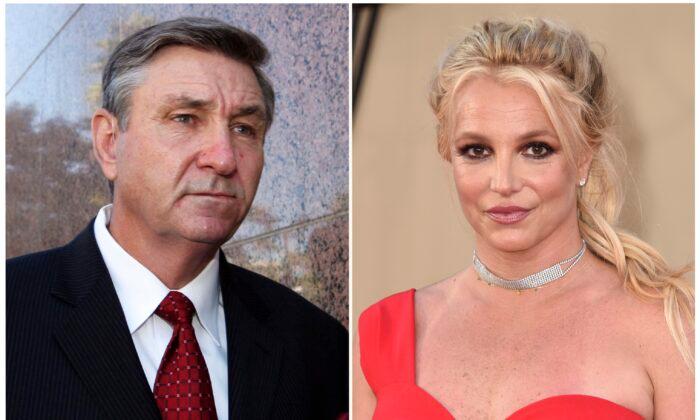As a child, I was taught to respect authority figures. As it was explained to me, clergy, teachers, police officers, and others help shape and maintain a just society.
To this day, I still have a profound respect and appreciation for the 99 percent of law enforcement officers who literally put their lives on the line every day to keep the rest of us safe.
But then there is that 9 minute 29 second video of former Minneapolis police officer Derek Chauvin kneeling on the neck of the handcuffed George Floyd. It is heartbreaking to realize that the officer stayed in that position—trapping a subdued suspect—for several minutes after the prone man had stopped breathing. Chauvin ignored onlookers’ pleas for him to stop. He refused to move even as paramedics tried to take Floyd’s pulse and announced there wasn’t one. Chauvin stayed still until emergency personnel insisted they needed to move the body onto a stretcher. Three other Minneapolis police officers stood watch but did not, or could not, convince their more senior officer to let up on the man suspected of passing a counterfeit $20 bill.
Human beings are fallible, and some are afflicted with an arrogant desire to dominate others. Police officers are not immune. After Floyd resisted attempts to load him into a police car, was it the need to dominate that motivated Chauvin? Or did the stress of being on the job for 19 years and the anxiety of yet another stressful situation momentarily cloud Chauvin’s judgement?
There is much riding on the motivation question. Following Floyd’s death last Memorial Day, worldwide demonstrations erupted condemning police brutality. Now the world is watching the outcome of Chauvin’s trial, and those who protested are expecting a guilty verdict. If it doesn’t come, we should steel ourselves for another round of mass street protests. Some could turn violent.
A multiracial jury of nine women and five men has been empaneled to decide whether Chauvin is guilty of manslaughter or murder. Many are wondering how the jury could fail to convict the videotaped officer who looked so detached while the man beneath his knee repeatedly begged for mercy saying, “I can’t breathe!” and “I’m about to die.” And two autopsies concluded Floyd’s cause of death was “homicide.”
But, as the defense explained during opening statements, George Floyd had a history of opioid addiction and tried to hide drugs he was holding that day by quickly swallowing them during the arrest. The medical examiner found a hefty dose of fentanyl in Floyd’s system and traces of recent methamphetamine use, and noted he suffered from hypertension, heart disease, and at least one artery that was “approximately 75 percent blocked.” Floyd also tested positive for COVID-19. He was hardly a healthy man.
And, the judge approved a defense request to show “dramatic video” from 2019 with “incredible” similarities during a previous Floyd arrest. It reportedly shows Floyd resisting officers, swallowing pills during the arrest and becoming so agitated that paramedics ordered hospitalization because, according to The Washington Post, “his blood pressure was so high that he was at risk for a stroke or heart attack.”
Facts like these could sway a jury to choose the lesser murder charge or even vote for acquittal.
The history of manslaughter/murder charges against cops is clear. Juries most frequently give the benefit of the doubt to the person who wore a badge. Since 2005, 121 officers have been arrested on manslaughter or murder charges following on-duty killings. Of the 95 cases that have wound their way through the justice system, just 44 officers have been convicted.
“Sometimes the use of police force—it looks really bad,” Chauvin’s attorney, Eric Nelson, said in court the other day. And with citizen cellphone cameras everywhere, the public often gets to see it. But, Nelson noted, force is necessary because cornered suspects frequently fight back and hurt officers and can escape into the community.
This case should in no way tarnish the 99 percent of selfless law enforcement officers. As for Chauvin, it is up to this jury—after listening to all the evidence—to decide who was at fault that day: a suspect who fought back during arrest or a seemingly uncaring officer who failed to see a citizen on the brink of death.





